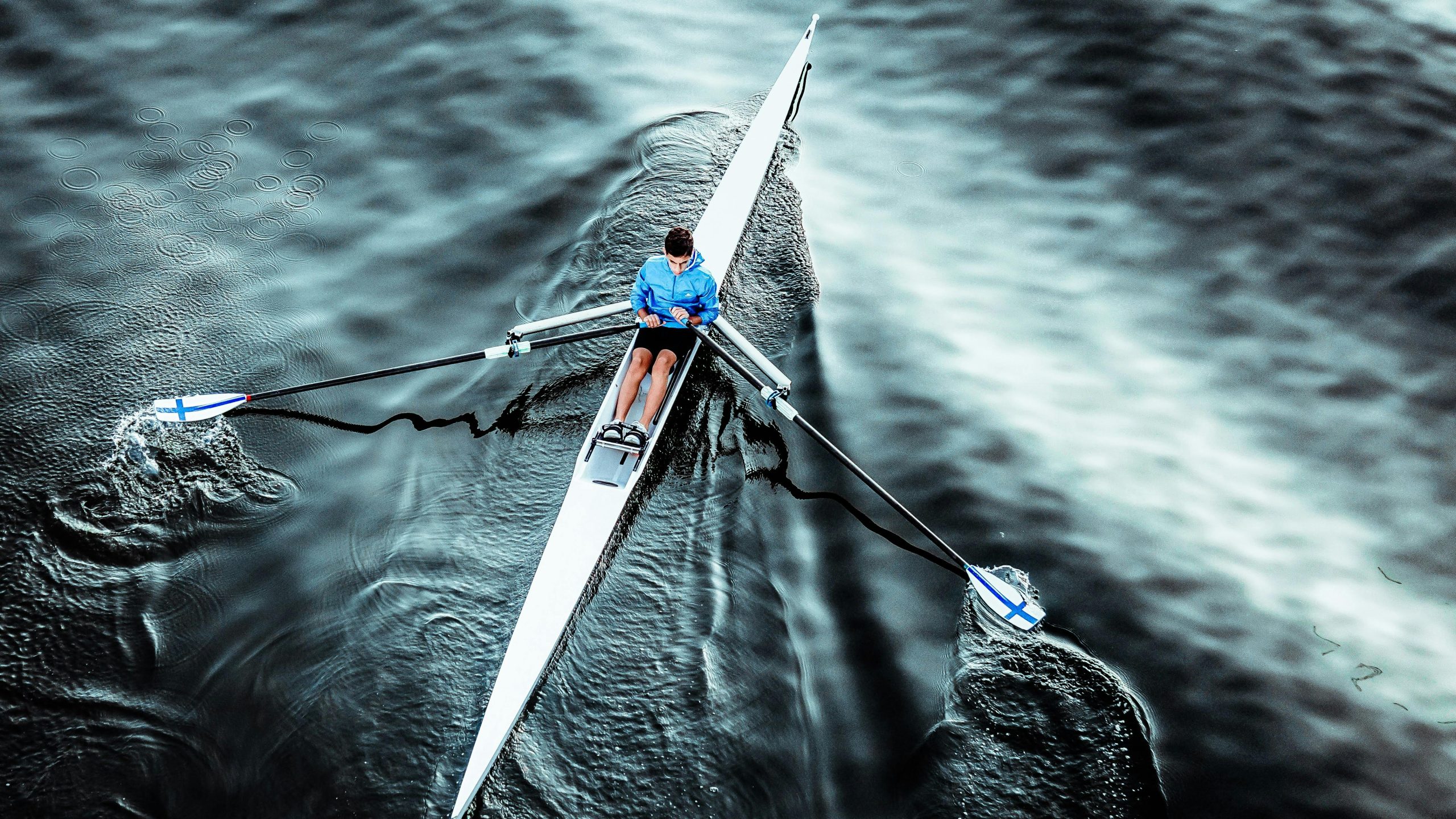If you’re drawn to water adventures, you’ve likely considered kayaking or canoeing—two of the most popular paddle sports. Both offer unique experiences, whether you’re gliding across serene lakes, navigating winding rivers, or exploring coastal waters. But how do you decide which one is right for you? Understanding the key differences between kayaking and canoeing can help you choose the perfect water adventure based on your preferences, skill level, and goals.
Kayaking vs. Canoeing: Key Differences
While kayaking and canoeing may seem similar at first glance, they differ in design, technique, and purpose. Here’s a breakdown of the main distinctions:
Boat Design
Kayaks are sleek, narrow, and typically enclosed with a cockpit where the paddler sits low to the water. Many kayaks have a spray skirt to keep water out, making them ideal for rougher conditions. Canoes, on the other hand, are open-top boats with higher sides, offering more space for gear and passengers. They are generally wider and more stable but slower than kayaks.
Paddles
Kayakers use a double-bladed paddle, allowing for efficient, alternating strokes on both sides. Canoeists use a single-bladed paddle and often switch sides or employ a J-stroke to maintain a straight course. This difference affects maneuverability and ease of use.
Seating Position
In a kayak, you sit with your legs stretched forward, while in a canoe, you typically kneel or sit on a raised bench. Kayaks offer better back support, whereas canoes provide more freedom of movement.
Which Is Easier to Learn?
Beginners often wonder whether kayaking or canoeing is easier to pick up. The answer depends on your comfort level and what you prioritize.
Kayaking for Beginners
Kayaks are generally easier to maneuver due to their double-bladed paddles and lower center of gravity. Recreational kayaks are stable and user-friendly, making them a great choice for first-timers. However, mastering advanced techniques like rolling (in whitewater kayaking) takes practice.
Canoeing for Beginners
Canoes are more stable when stationary, which can be reassuring for beginners. However, steering requires more skill, especially in windy conditions. Learning the J-stroke or switching sides frequently can be challenging but rewarding for those who enjoy a hands-on approach.
Best Uses for Kayaking and Canoeing
Your choice between kayaking and canoeing may also depend on the type of adventure you seek.
When to Choose a Kayak
- Speed and agility: Kayaks are faster and more responsive, ideal for exploring coastlines or navigating rapids.
- Solo adventures: Most kayaks are designed for one person, though tandem models exist.
- Wet conditions: With a spray skirt, kayaks keep you drier in choppy waters.
When to Choose a Canoe
- Group trips: Canoes comfortably fit multiple people and gear, perfect for family outings or camping trips.
- Relaxed paddling: Their stability makes them great for leisurely fishing or birdwatching.
- Portability: Canoes can carry heavy loads, making them ideal for multi-day expeditions.
Physical Demands and Fitness Benefits
Both sports offer excellent workouts, but they engage your body differently.
Kayaking Fitness
Kayaking provides a full-body workout, emphasizing core strength and upper-body endurance. The seated position and repetitive paddling motion can be intense, especially in rough waters. It’s great for those who enjoy cardio and strength training.
Canoeing Fitness
Canoeing involves more torso rotation and balance, engaging your core and back muscles. Since you often switch sides while paddling, it offers a more varied workout. It’s less strenuous on the arms but still provides a solid endurance challenge.
Cost and Accessibility
Budget and availability may also influence your decision.
Kayaking Costs
Entry-level kayaks are affordable, but specialized models (like sea or whitewater kayaks) can be pricey. You’ll also need a paddle, life jacket, and possibly a spray skirt. Kayak rentals are widely available at lakes and coastal areas.
Canoeing Costs
Canoes tend to be more expensive upfront due to their size, but they accommodate more people, which can offset costs for group trips. Paddles and life jackets are essential, but fewer accessories are needed compared to kayaking. Canoe rentals are common at parks and rivers.
Conclusion
Choosing between kayaking and canoeing ultimately comes down to your personal preferences and intended use. If you crave speed, agility, and solo adventures, kayaking might be your best bet. If you prefer stability, group outings, and carrying gear, canoeing could be the way to go. Both sports offer incredible ways to connect with nature, stay active, and explore waterways. The best choice? Try both and see which one resonates with you—after all, the water is waiting!
